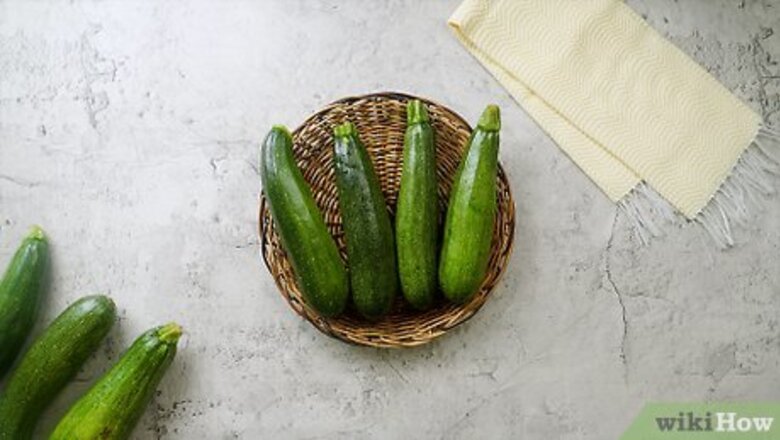
views
Storing in the Refrigerator

Keep the zucchini whole, dry, and unwashed. Cutting the zucchini will make it go bad much faster, so make sure it’s whole before refrigerating. Make sure not to wash the squash before storing as well, since the excess water will make it rot quickly.

Pat the zucchini with a paper towel to remove moisture. If your zucchini has some condensation or moisture on its skin, make sure to gently pat it dry before storing. Any excess moisture will cause mold and decay.
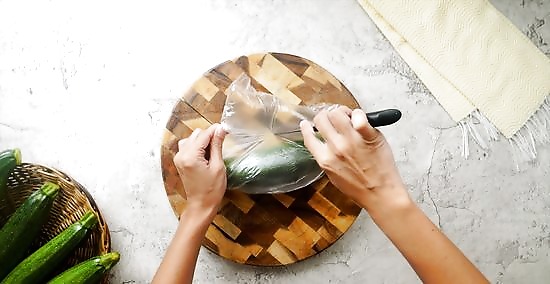
Place it in a plastic or paper bag with some ventilation. Keeping the zucchini enclosed in a bag will help slow the aging process. Make sure to provide some ventilation for proper air circulation. You can do this by using a perforated bag or by sealing the bag and poking some holes in it. You could also leave one end of the bag open.
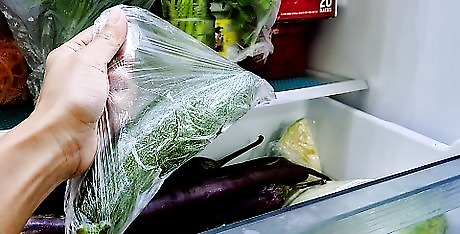
Put the bagged zucchini in a crisper drawer in the refrigerator. Zucchini rots when it comes in contact with too much moisture, so make sure to keep it in the crisper drawer rather than the main area of the refrigerator. This drawer maintains the ideal humidity level to keep vegetables fresh longer.
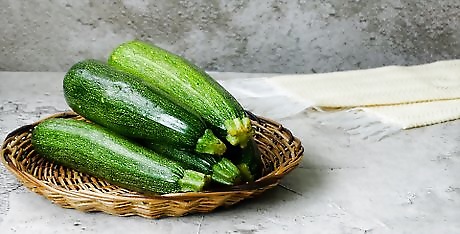
Use the zucchini within 5-7 days. It’s best to eat zucchini sooner than later because the longer you wait, the more it will secrete moisture and the skin will start to shrivel.
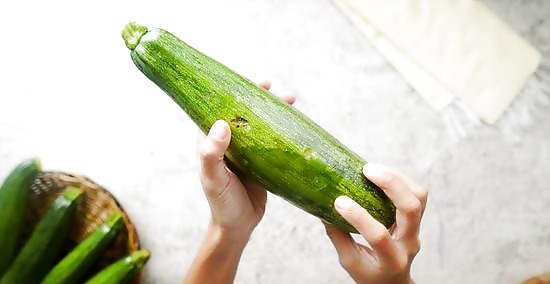
Check the zucchini for signs of rot before using it. If it feels soft to the touch and black spots start to show up on the skin, the zucchini is still edible. Cut out any black spots and use quickly. However, if the zucchini feels mushy and starts to leak a thick, white liquid, it has gone bad. Throw it away and clean up any excess liquid.
Blanching and Freezing
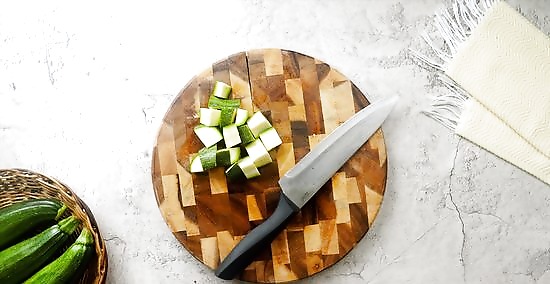
Chop the zucchini up into 1 inch (2.5 cm) pieces. Use a sharp knife to cut the zucchini into either chunks or coins. Cutting it into smaller pieces will help speed the blanching and freezing process. This will also make the zucchini easier to cook after it’s been frozen.
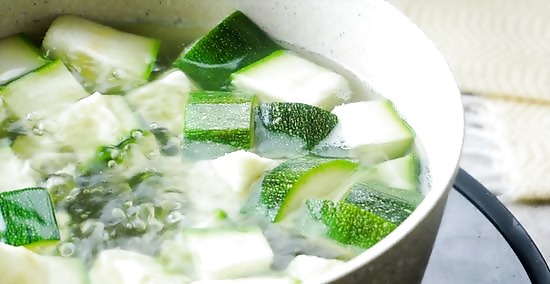
Blanch the zucchini to keep it firm. Blanching will deactivate the enzymes that cause the zucchini to turn mushy and discolored. To blanch the vegetable, bring a pot of unsalted water to a boil, then place the zucchini pieces in the water and boil for 1 minute. Immediately drain them in a colander. Normally, you would salt the boiling water when blanching vegetables. However, don’t add salt when blanching before freezing because it absorbs into the vegetable’s skin and causes mushiness.
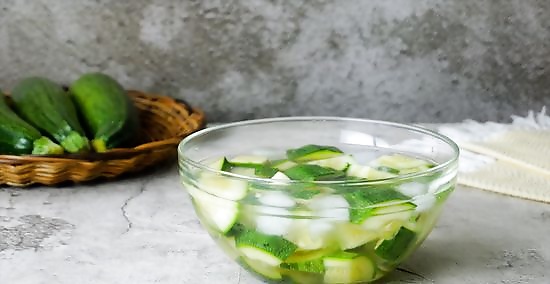
Transfer the zucchini pieces to a bowl of ice water immediately. Fill a bowl with cold water and ice, then pour the drained zucchini pieces into it. The sudden temperature change will shock the vegetable and help keep it firm. Keep them in the ice water until they have fully cooled.
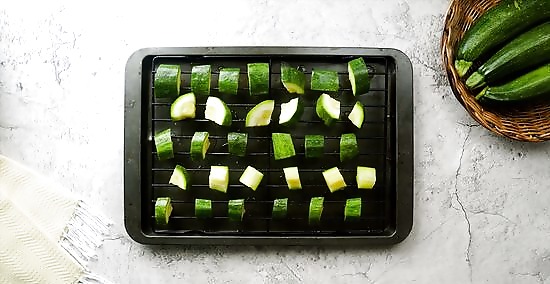
Spread the chunks on a baking sheet lined with a cooling rack. Transfer the chunks onto a baking sheet. Spread them out to form a single layer over the cooling rack to help with draining process Pat the zucchini dry, then place in the freezer overnight or until frozen solid. This will let the zucchini pieces all freeze separately, rather than in one big chunk. For a drainage lining, you could also use a silicon mat or a sheet of parchment paper.

Transfer frozen zucchini pieces into freezer bags or containers. Once the zucchini has frozen overnight, take the pieces off of the baking sheets and prepare them for long-term storage. Fill up freezer bags and containers with 1-2 cups (150-300 g) of frozen zucchini pieces. Let out any extra air in the freezer bags, then seal the bags or containers completely. Label and date your bags and containers to make storage more convenient.
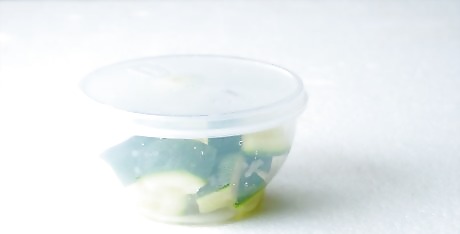
Store zucchini in your freezer for up to 3 months. Although the zucchini will technically still be edible after 3 months, the taste and texture will be affected by freezer burn.
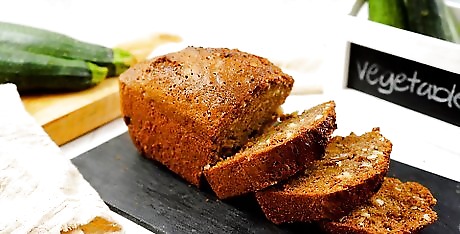
Use frozen zucchini pieces in soups, stir-fries, and sauteed dishes. To cook, simply add the frozen zucchini pieces and cook until soft. Freezing causes zucchini to lose its texture, so it won’t work as well in grilled dishes. However, it should still work well in baked or stewed dishes, such as zucchini bread or vegetable soup.

Defrost frozen zucchini before adding it to bread and fritters. To defrost, place the frozen pieces in a colander and let it sit in the sink until they’ve thawed out. If you’re in a rush, you could also place the freezer bag full of frozen zucchini in a bowl of warm water for 10 minutes, or until the zucchini feels soft.




















Comments
0 comment